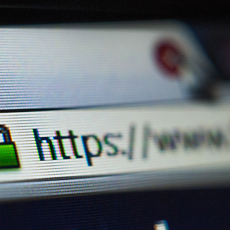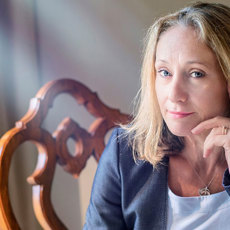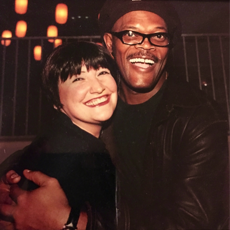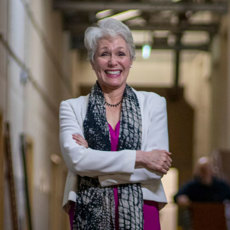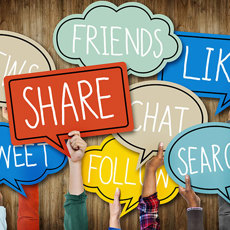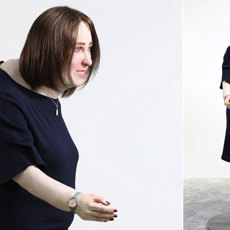Good, Bad or Fake News?
Kai Communications

By Lily Cowlishaw, Intern at Kai Communications.
In the words of Donald Trump: “it’s fake news” and maybe the first time he said it, it was. But Trump began to use the term to describe news that he did not personally like, or news that he did not want his followers to engage with. The Independent revealed that Donald Trump additionally used the term ‘fake news’ over 2,000 times by October 2020 to describe journalists and news outlets.
So what is fake news?
Fake news is when stories are false; the information within them is fabricated with no truthful facts, figures or sources.
In some cases, these stories are intentionally published as a form of propaganda to mislead readers or for ‘click bait’ where stories and headlines are written to encourage readers to open a story online to ratch up the click-throughs. Fake news can also occur when satirists wish to make a point or entertain you, and of course fake news can also come in the form of poor journalism.
The issue is made worse because ‘fake stories’ can then be proliferated via social media or the technologically easy method of copying, pasting and clicking, so their stories are shared quickly and circulated and believed by an endless readership. We saw this countless times during the pandemic. Young social media users can be particularly influenced by what they are seeing on social, but of course we all can.
Examples of fake news:
1. Official sources of propaganda: For example, in 2013 the North Korean news agency released a picture and accompanying story claiming to show military exercises as practice for an invasion of South Korea. The image demonstrated cloning of military hovercrafts, which had been copied and pasted to make the size of the invasion force larger. The Guardian
2. Activists, marketers and businesses: For example, in 2014 a pair of Norwegian filmmakers created a video showing a young boy saving a girl from a series of bullets to generate a discussion about children in conflict zones. It was published as real by a number of news organisations claiming that the story could not be independently verified. BBC
3. Individual hoaxers: One of the biggest social media hoaxes came during Hurricane Sandy, when a Twitter user spread lies of unfolding chaos as the storm hit New York: “BREAKING: Confirmed flooding on NYSE. The trading floor is flooded under more than 3 feet of water”. CNN
4. Fake news sites: For example, NationalReport.net, who claimed a Texas town had been put under quarantine after a family of five tested positive for Ebola. It received thousands of shares. Snopes
We are less likely on the other hand to find fake news in reputable newspaper organisations such as The Sunday Times, The Wall Street Journal, Financial Times, or scholarly journal articles, or magazines and media that pride themselves on unbiased coverage and being checked credible sources covering subject such as health, social trends, criminal justice, international affairs, education, the environment, etc.
How can we identify fake news?
1. Examine the source: Check the URL to see if there are any spelling mistakes or if there is an unfamiliar extension.
2. Check the author: Research them to see if they are credible, real and have a good reputation.
3. Look closely at the reasons behind publication: Fake news is sometimes written to trigger strong and deep emotions within its readers. Make sure you remain critical of what you are reading and try to understand why it has been written.
4. Research the facts: Any facts, figures, statistics or quotes can be checked to see if they are valid and credible.
5. Use a fact-checking site: If you are really uncertain about what you are reading, input the information into a fact-checking website. Google Fact Check
What can be done about it?
There is no doubt that fake news cannot be totally eradicated. However, there are a few things we can do to better understand the media and strengthen our knowledge about where we get our information from.
1. Be sceptical. Don’t believe everything you read, especially online or on social media, and rely upon news outlets that are known to be well-respected. Double check on other news outlets if something doesn’t ring true. Call out fake news and disinformation.
2. Educate at school. Educate young people early on about the issues of fake news and teach them to evaluate news sources and to not accept things at face value.
3. News industries need to continue to focus on producing high-quality professional journalism that builds trust. This goes for the PR industry too.

